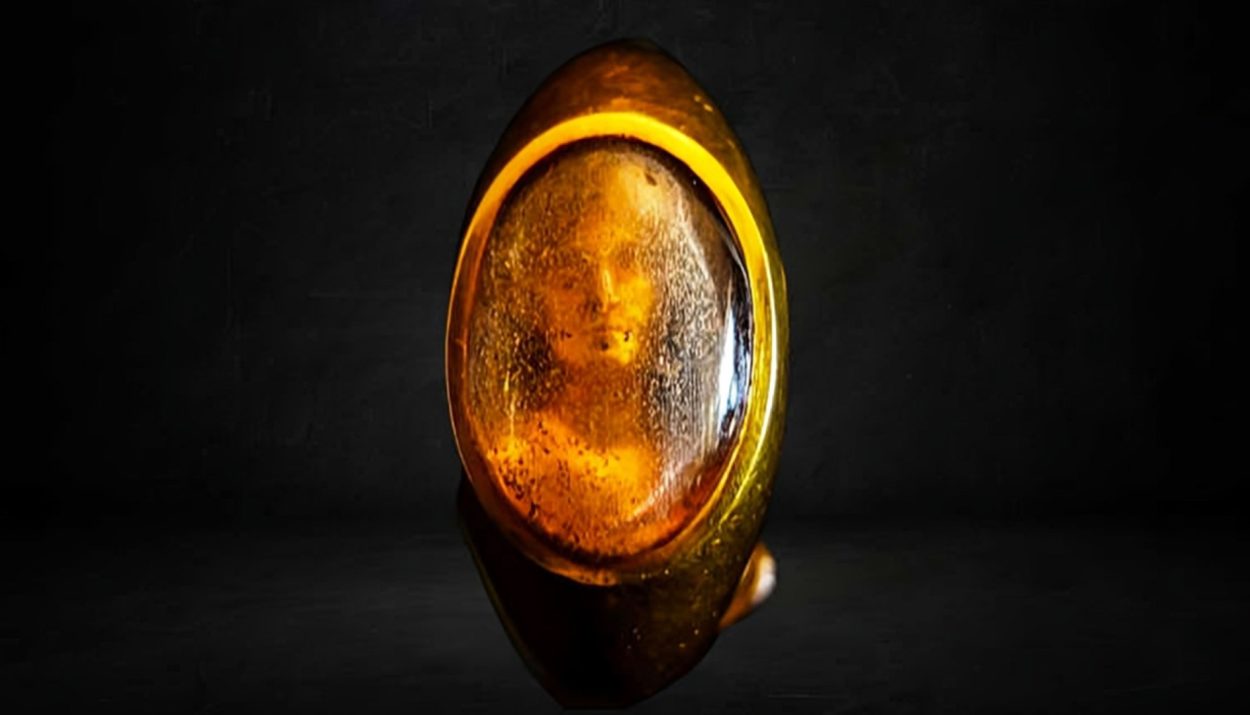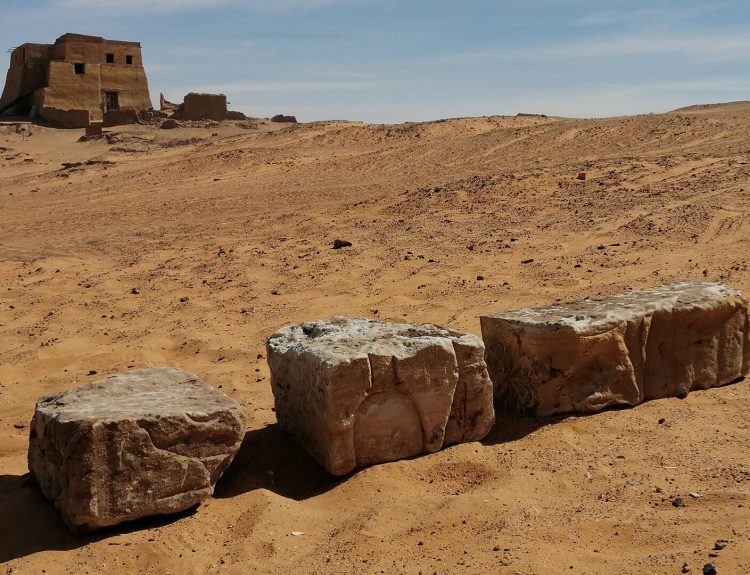We tend to think of holographic images as space-age technology, so that makes the discovery of a holographic ring on the hand of a Roman mummy buried in a 1st century tomb a remarkable find. The ring, as we will see, displayed exceptional craftsmanship.
However, the holographic ring wasn’t the only amazing aspect of this tomb. It also provided researchers with a rare look at a Roman mummy and offered insight into funerary practices of the day. Let’s look at this extraordinary holographic ring and the mummy who wore it.
A Roman Monastery and Necropolis
The Roman tomb with the holographic ring was discovered in the Grottaferrata necropolis, located outside Rome. The necropolis actually includes three separate burial areas, all dating to the 1st century. Grottaferrata’s history is centered on the Basilian Monastery of Santa Maria.
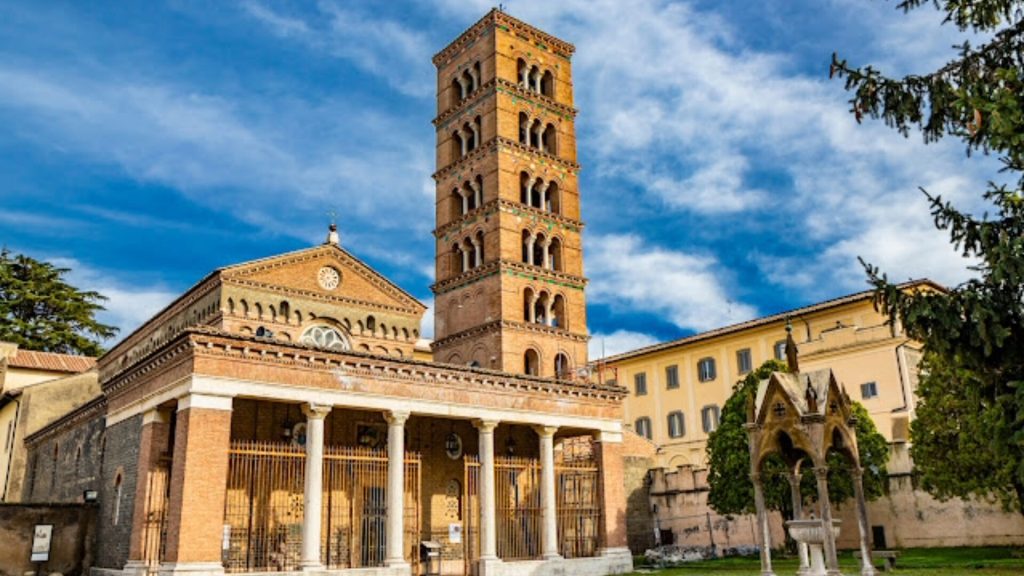
According to legend, Saint Nilus the Younger built the monastery at this location in 1004 because the Virgin Mary appeared to him at that site and commanded him to erect a church there in her honor.
Villas of the Wealthy Aristocrats
Grottaferrata was not an actual village, but there were still some residents living near the Basilian Monastery of Santa Maria. Around the year 1000 AD, a few elite villas were built in the area around the monastery.

One of these posh villas belonged to the Roman statesman and philosopher Marcus Tullius Cicero. Cicero wrote extensively on the subjects of politics, philosophy, and rhetoric.
A Prominent Roman Family
The gens Aebutia was a wealthy and prominent family during the early years of the Roman Republic. In 499 BC, one of its members, Titus Aebutius Helva, was the first of the family to hold the position of consul, the highest elected position in the Roman Republic.
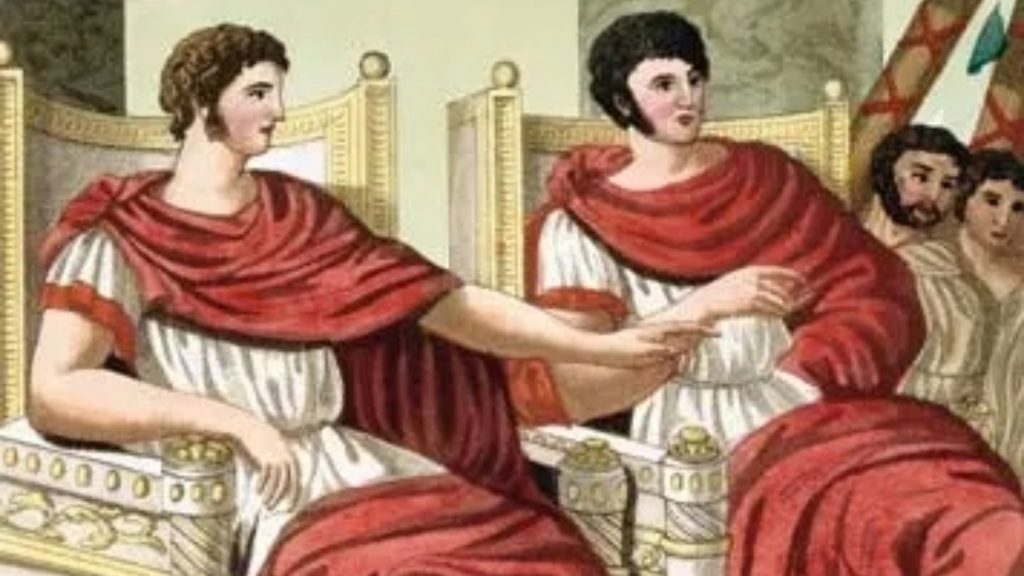
From there, the power and prestige of the family grew. The tomb of the Roman noblewoman wearing the uniquely crafted holographic ring belonged to a member of this well-to-do family. Her name was Aebutia Quarta.
A Mother and Son
When a tomb was located at the Grottaferrata necropolis, the archaeologists discovered that it contained two exquisite marble sarcophagi. They were ornately carved and displayed excellent workmanship. And each bore the name of its occupant – Aebutia Quarta, a wealthy matron, and Carvilio Gemello, her son.

An analysis of the two people revealed that the son, Carvilio, was only about 18 years old when he died and that his death occurred a few years before that of his mother. Aebutia was between 40 and 45 years old when she died and was interred in the same tomb as her beloved son.
A Rare Example of Roman Mummification
When the archaeologists opened the two sarcophagi, they were shocked to see that the bodies of Aebutia and Carvilio were virtually intact after nearly 2,000 years. As part of the burial preparation, they had both been embalmed and mummified.

The archaeologists were excited to see a rare example of a Roman mummification. We typically associate mummification with the ancient Egyptians – and, indeed, this practice was widespread in ancient Egypt – other cultures also prepared their dead using techniques conducive to mummification.
The “Mummy of Rome“
The corpse of Carvilio Gemello was so well-reserved that he was given the nickname the “Mummy of Rome.” After his death, his body had been wrapped in a shroud. When it was placed in the sarcophagus, it was then covered completely with flowers.
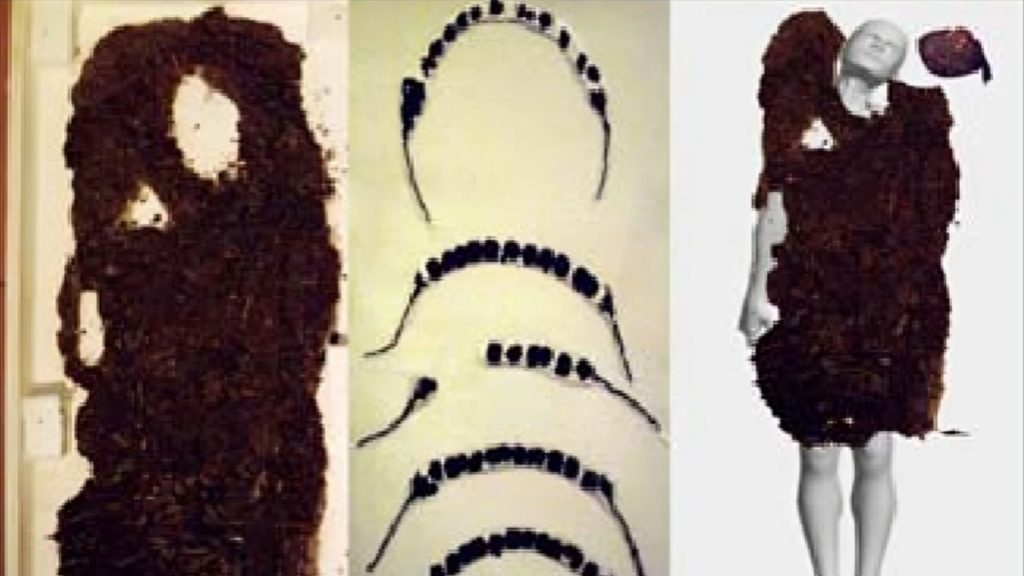
Long garlands of flowers blanketed Carvilio’s upper body. There was even a garland of flowers encircling his head. His body, however, had more to reveal.
How Did Carvilio Die?
Researchers determined that Carvilio Gemello was still a teenager when he died, but what was his cause of death? His corpse showed that one of his femurs was broken in two places. This led to speculation that he died as a result of an injury or, perhaps, a fall from his horse.

An analysis of a hair sample, however, revealed high levels of arsenic, a deadly poison which was one of the favored methods for political assassinations in ancient Rome. Does this mean that Carvilio was murdered? It is a definite possibility.
A Devoted Mother
Like the corpse of Carvilio Gemello, the body of Aebutia Quarta was almost completely covered with flowers. In fact, the archaeologists could barely see her remains under the blanket of floral garlands.
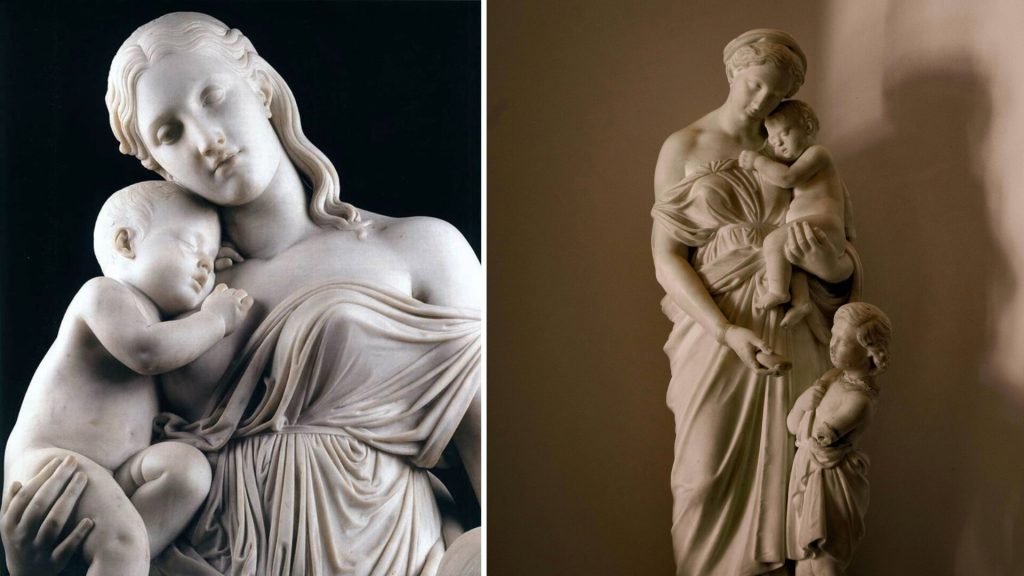
Aebutia was buried wearing a finely crafted wig. The wig was held in place by a woven net made from gold threads. The hair of the wig was also braided. It was what the archaeologists found on her finger, however, that was truly mind blowing.
A Ring to Honor Her Departed Son
Aebutia Quarta wore a gold ring on one of her fingers to honor her son, Carvilio, who died at the tender age of 18. The ring featured a crystal that had been fashioned as a cabochon – shaped, rounded, and polished, rather than cut into facets.
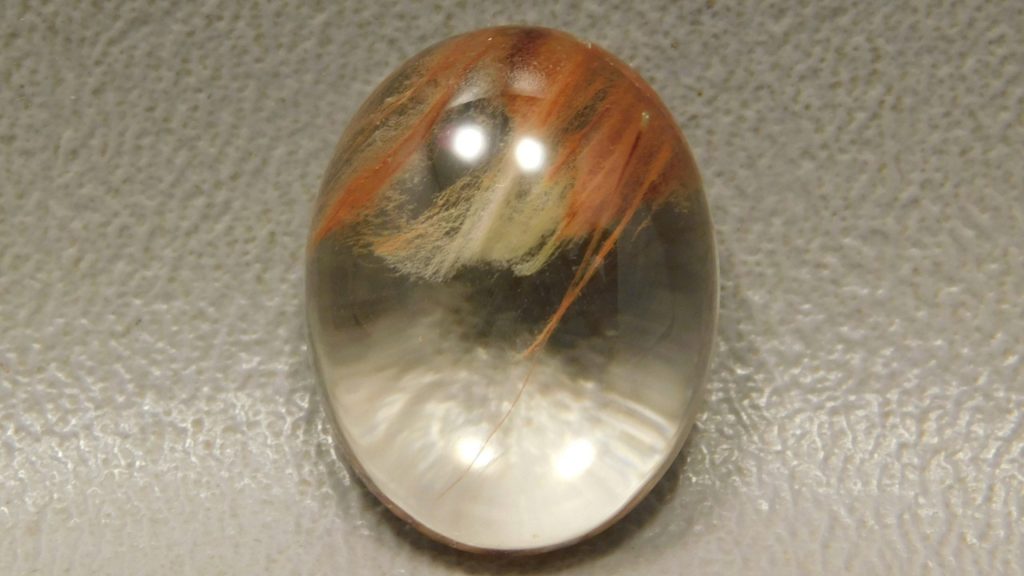
The stone’s convex shape showed off the tiny relief carving of the bust of a young male … her beloved son, Carvilio. It is believed that Aebutia, heartbroken at the loss of her son, commissioned an artist and jewelry maker to create this unusual piece to honor Carvilio’s memory.
A Holographic Effect
The ring’s creator designed the bezel of the rock crystal to enhance the micro-relief carving of the young man. In doing so, he imbued the ring with a perfectly executed luminous effect.
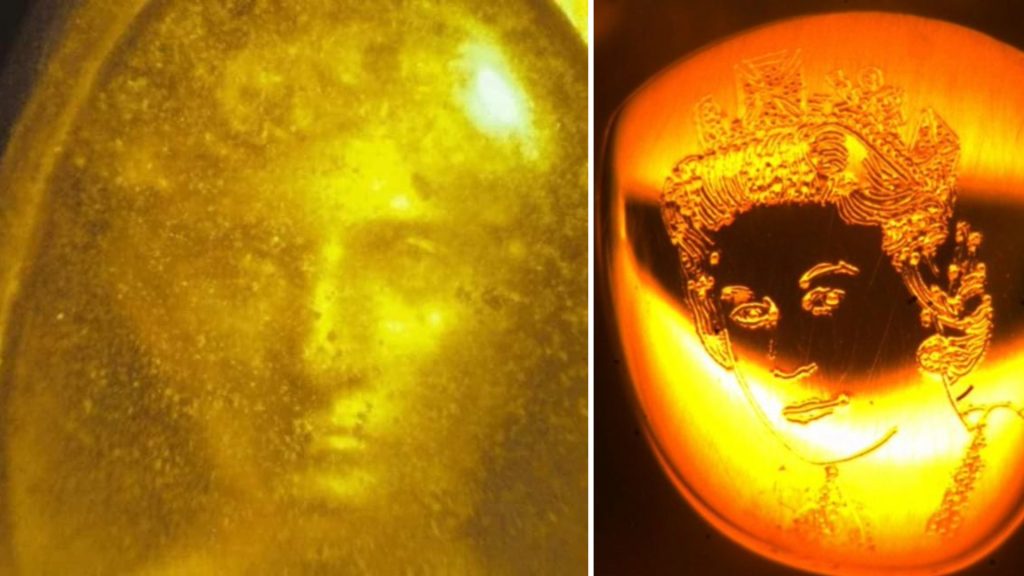
The crystal does more than just reflect the light. It gives the image in the relief carving a holographic quality. There is a mysterious and haunting appearance of the bust that seems to have a multidimensional, multilayered result.
Understanding Ancient Roman Burial Practices
While the holographic ring is spectacular, archaeologists and researchers were just as excited about the discovery of the tomb and the two sarcophagi because it sheds light on the funerary customs and burial rituals of people living in the Roman era.
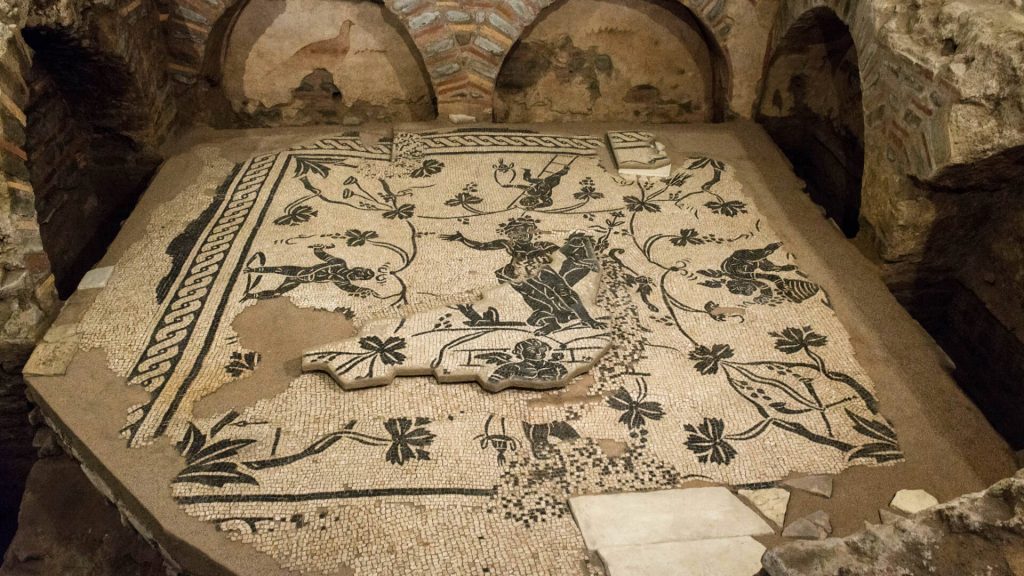
The tomb at the Grottaferrata necropolis has been called the “Hypogeum of the Garland” because the mother and son were both interred covered in floral garlands.
Embalmed, Not Cremated
During the early Roman era, cremation was a common funeral practice. The discovery of a Roman tomb in which the occupants were embalmed is quite unusual. It suggests a few things. First, that the Romans were aware of embalming techniques, perhaps from their interactions with the Egyptians.

Second, it offers a clue to the wealth and status of the two individuals, Aebutia Quarta and Carvilio Gemello. It may also, as some historians suggest, reflect the mysterious circumstances surrounding Carvilio’s death.
A One-Of-A-Kind Discovery
The unusual holographic ring found on the finger of Aebutia Quarta represents a true one-of-a-kind discovery. Its equal has not been found. Whoever created the ring did so with such care and precision that the ring can truly be called a masterpiece.
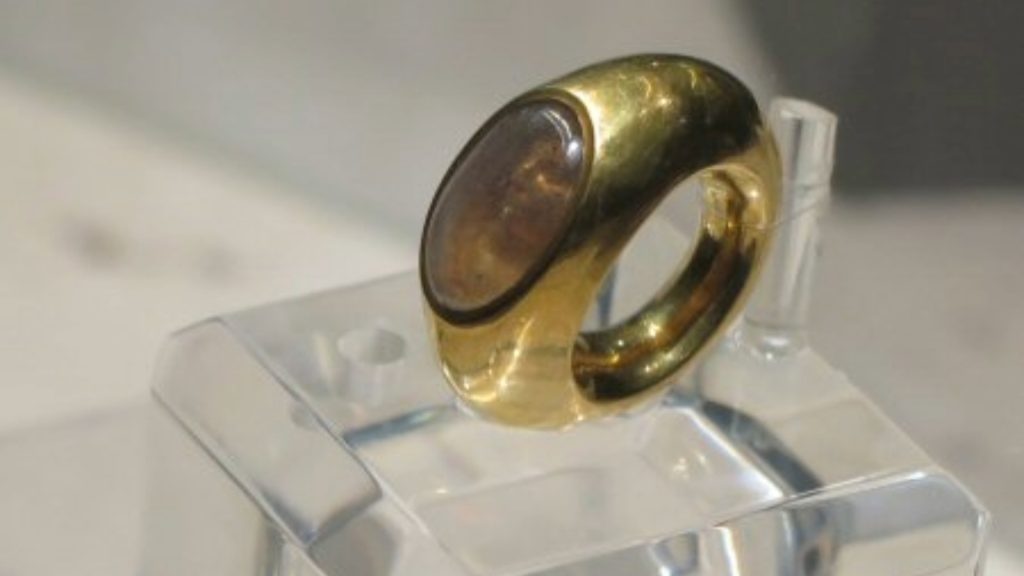
Today, the holographic ring can be seen at the National Archaeological Museum of Palestrina, a facility that is housed in the former Colonna Barberini Palace in the Italian city of Palestrina.

